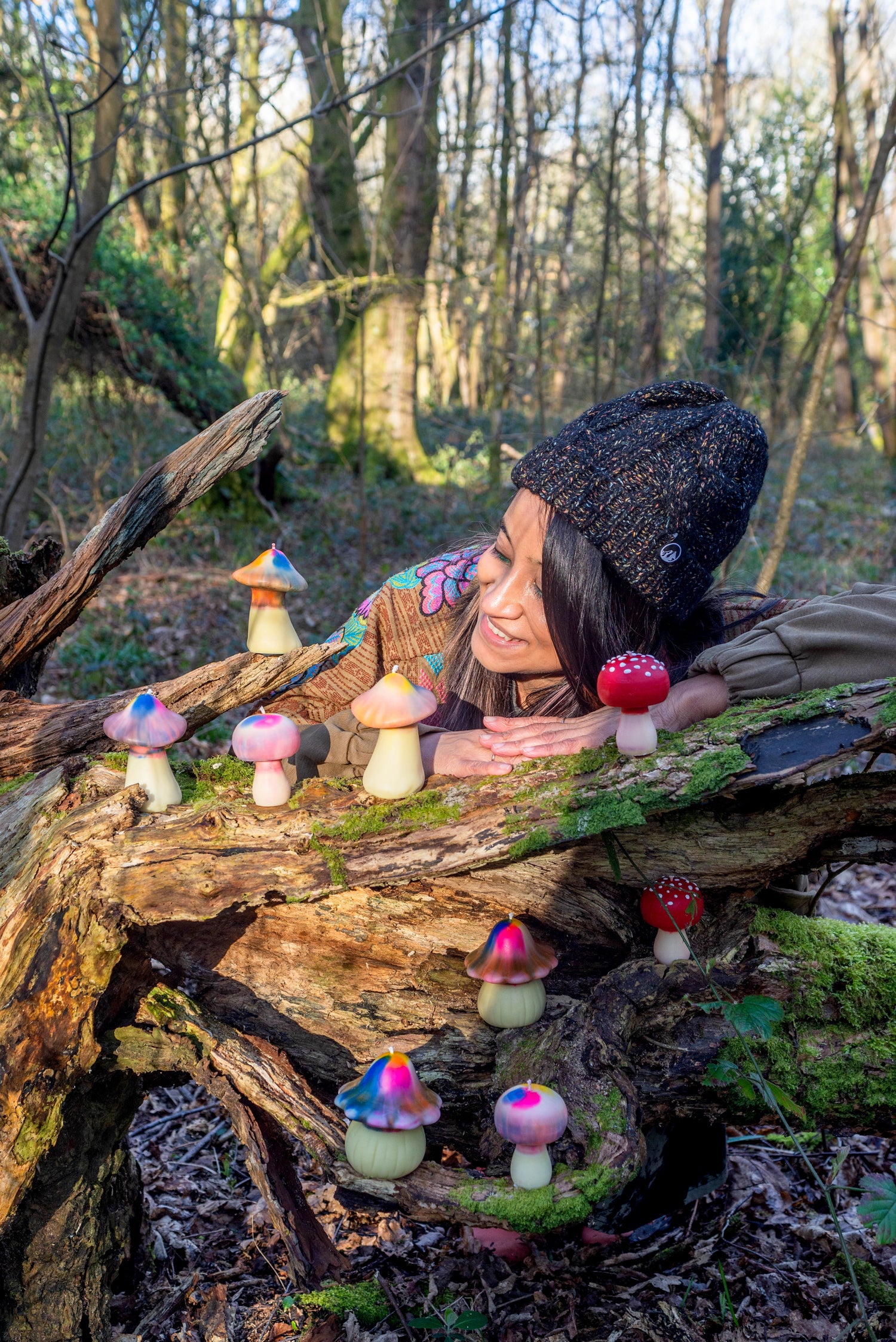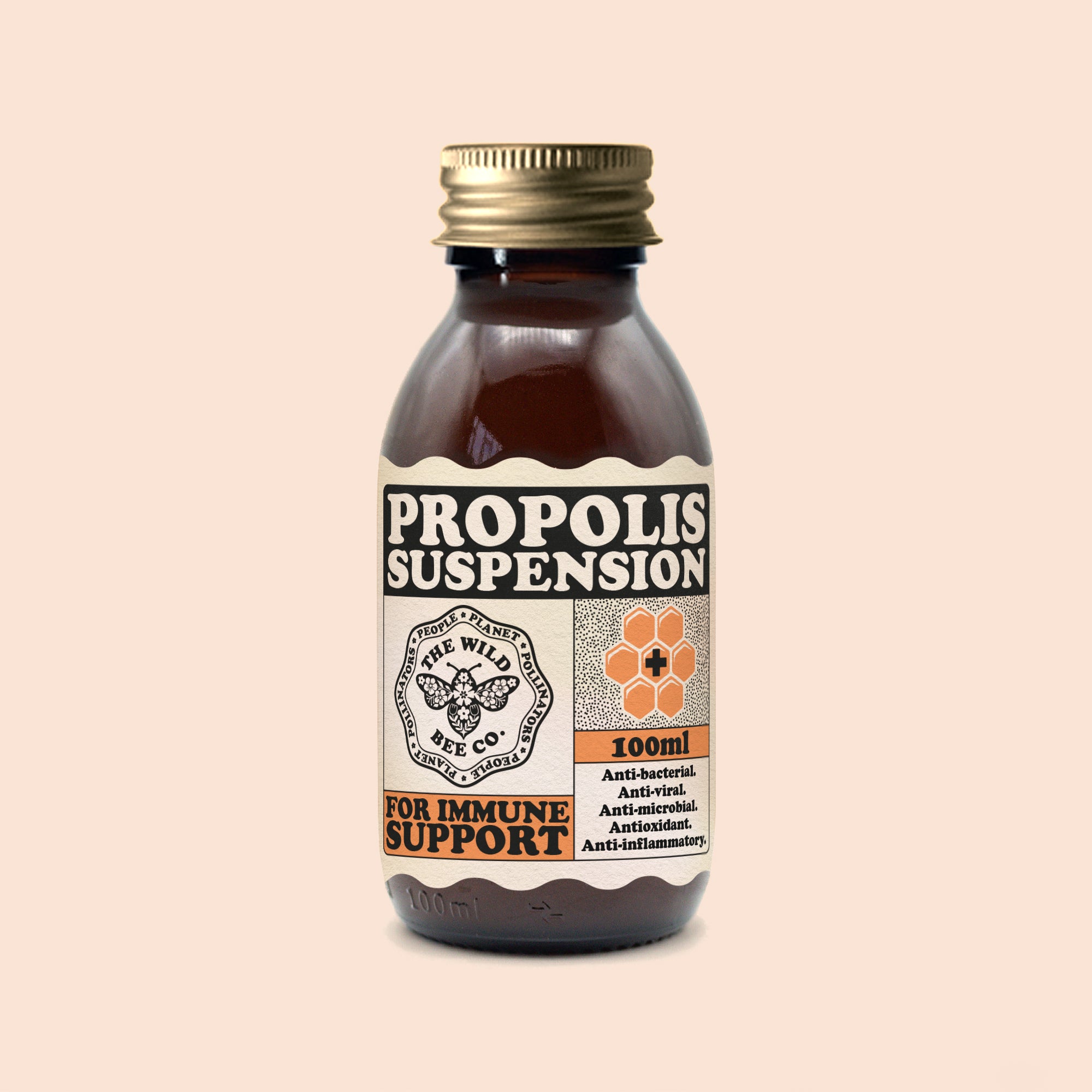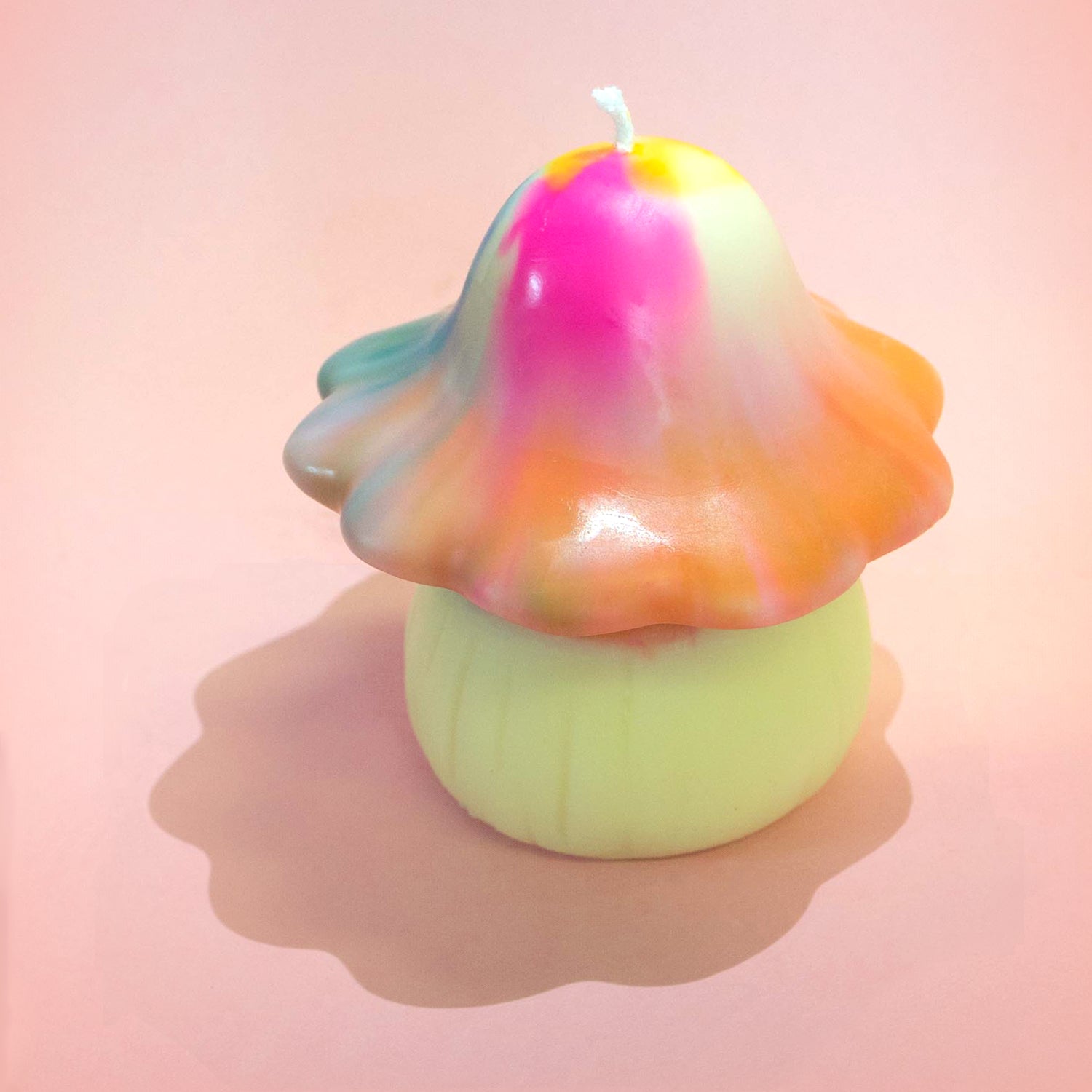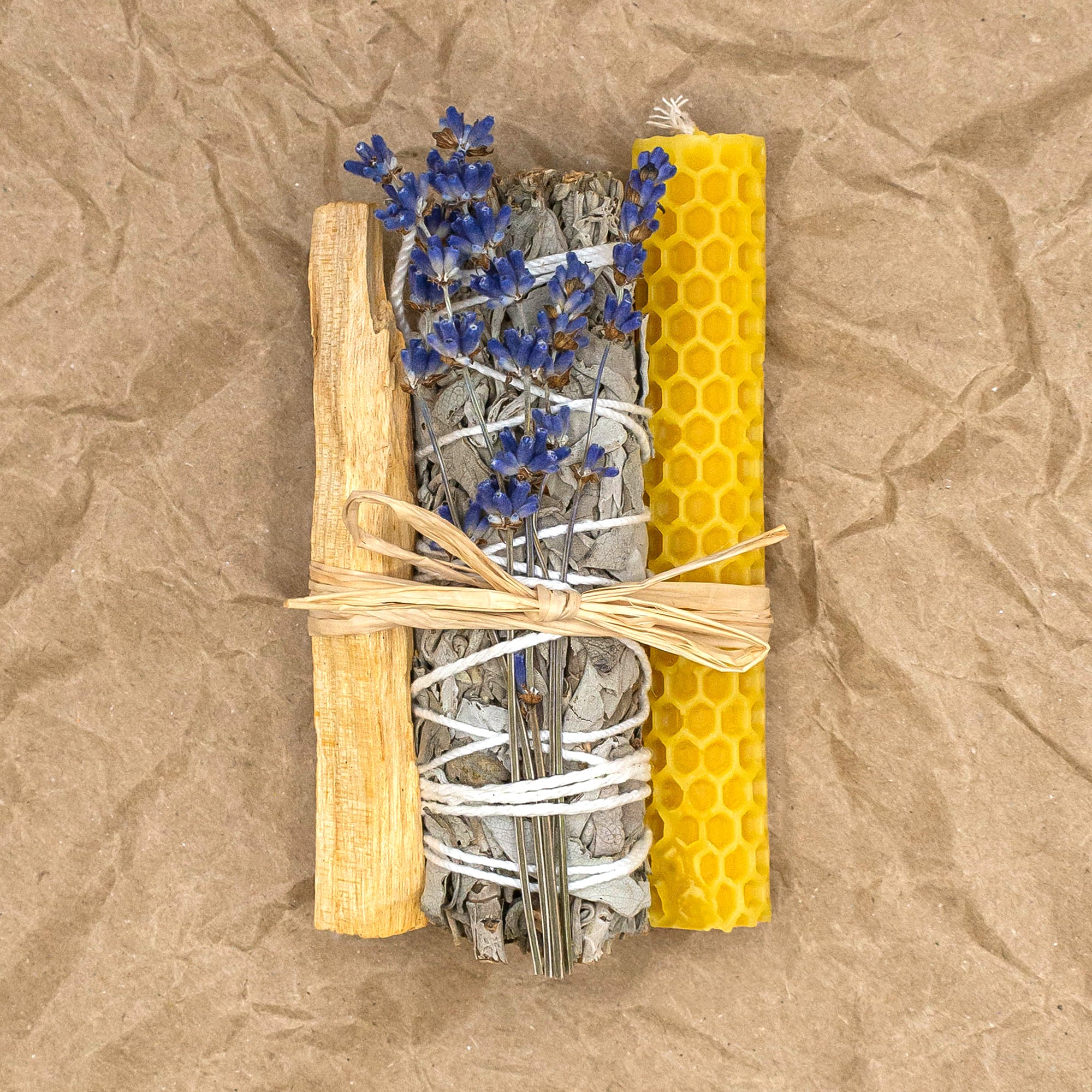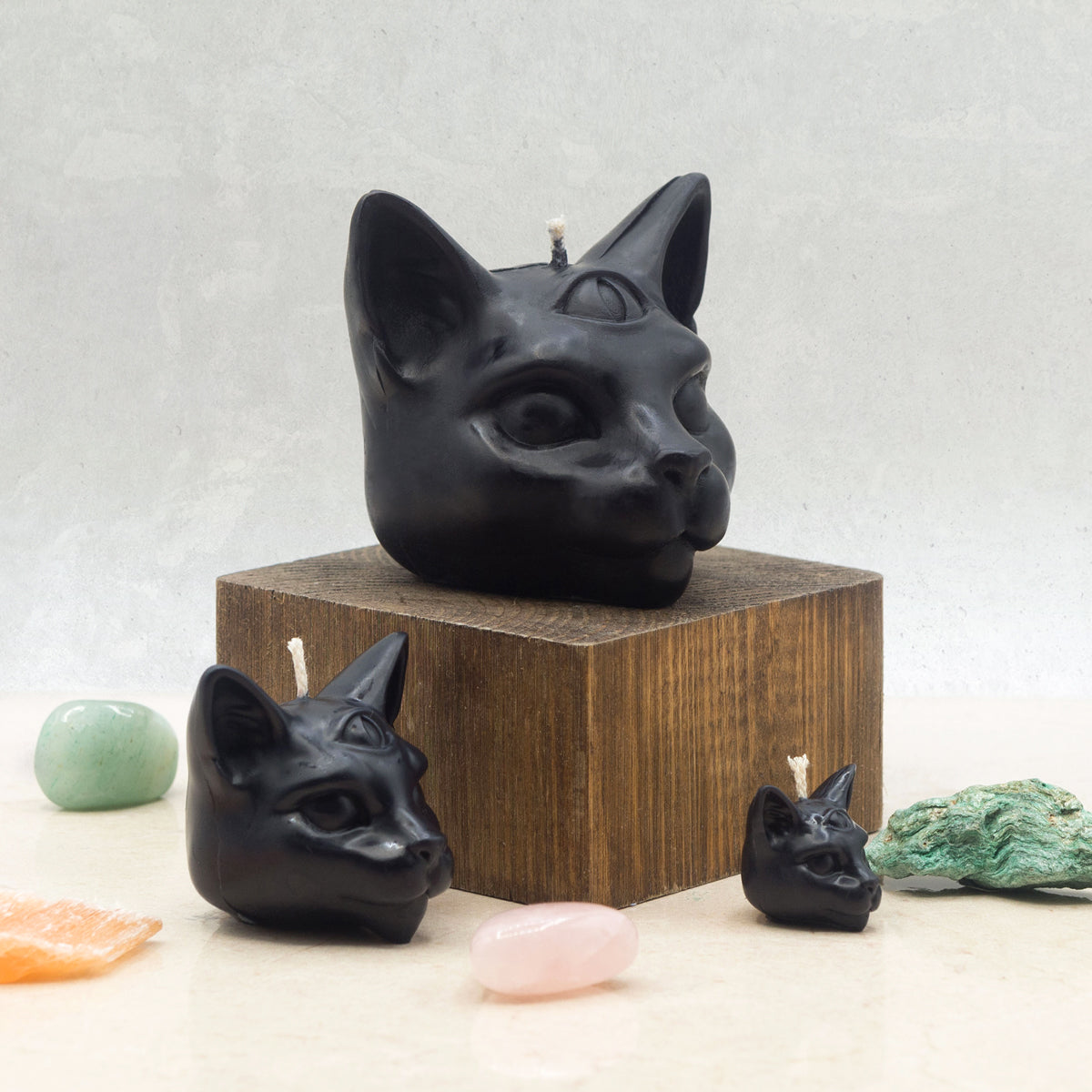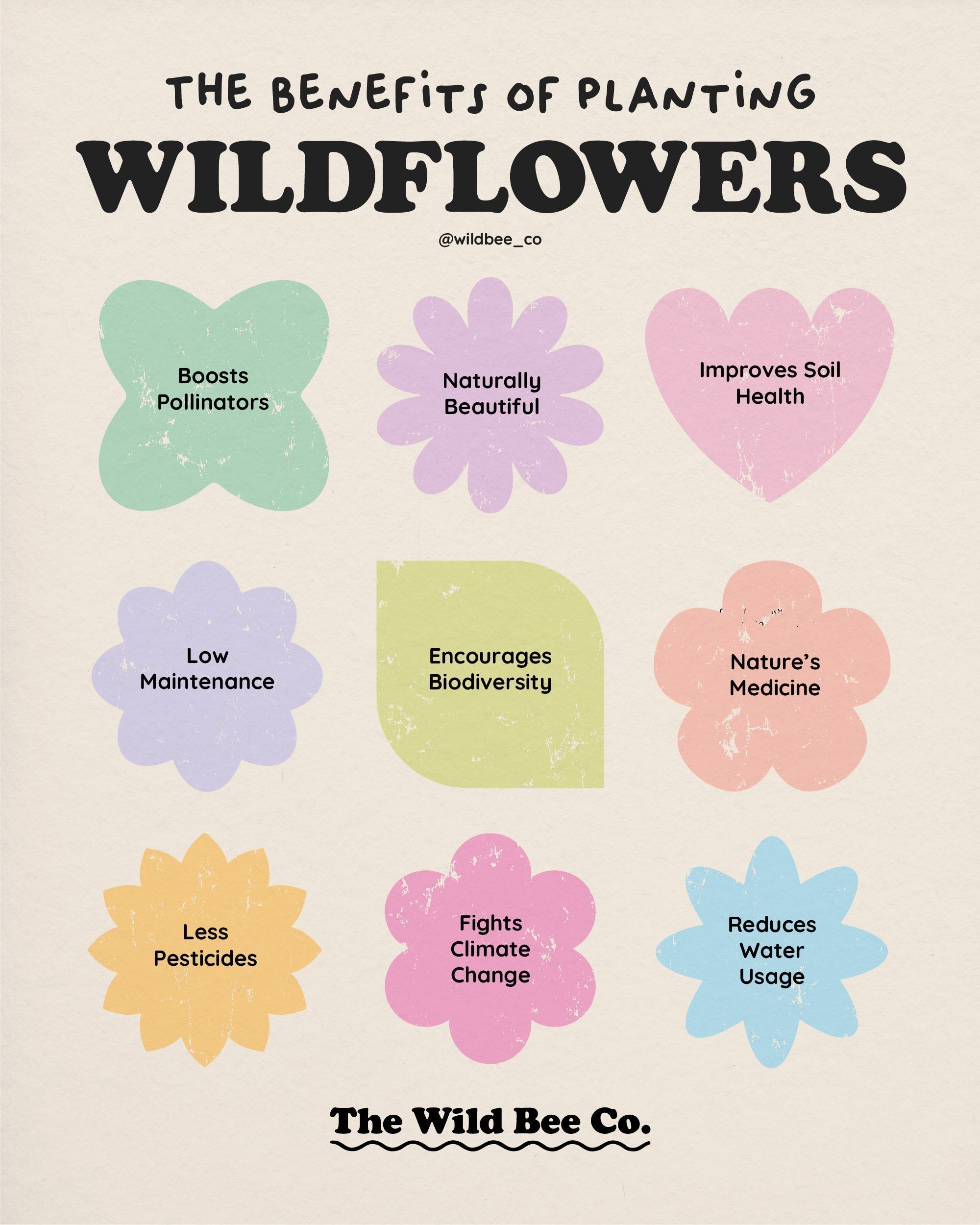
· By Monisha Dajee
The Benefits of Planting Wildflowers
Wildflowers turn abandoned fields into wondrous dreamlands. They are independent, resilient plants that bring beauty to the mundane - from cracks in the pavement to eroding walls and drainpipes.
A wildflower is not a weed. She is a selfless beauty with the power to heal and knowledge to share. She is a powerful ally of Mama Earth. She sows her seeds freely, carrying the heritage of the blooms before her. She is a free-spirit. She is quietly resilient. She encapsulates the strong willed women I know - my Mother, Grandmother, Aunties, sisters and best friends.
Like wildflowers we must allow ourselves to flourish and grow in all the unlikely places people never thought we could.
What are UK native wildflowers and why are they special?
Picture a meadow with saturated pops of colour, buzzing bees and butterflies. A quintessential British scene but wildflower-rich habitats are in decline around the country. Without wildflowers, entire ecosystems are at risk. They provide valuable support for insects and other wildlife.
For centuries, British Wildflowers have woven themselves into plant folklore, whispering secrets of the land through their names and blooms. Native wildflowers are storytellers from the past. They are especially important because they have evolved in harmony with our climate, soil and wildlife for thousands of years.
Each native wildflower carries a name steeped in history—Devil’s-bit Scabious, once thought to be cursed by the devil himself for its healing powers, or Cowslip, tied to the keys of St. Peter, said to bloom where they fell from heaven.
Why are wildflowers under threat?
Since the 1930s, we have lost 97 per cent of UK wildflower meadows. Our native wildflower landscapes are diminishing due to invasive, intensive farming methods and the development of land for property. With fewer wild fauna, our pollinator friends struggle for food and habitat. Fewer pollinators = fewer flowering plants. We are in a destructive cycle.
Sow the Seeds of Magic: How You Can Help
Wildflowers ultimately have the power to flood life back into our landscapes. The more wildflowers we plant, the more diverse pollinators they can support, and the healthier our crops and ecosystems become. An interconnected chain reaction of abundance. What we nurture, nurtures us in return.
Spread the word, join a community project, write to your local council about wanting more space for nature locally, or simply learn their names and stories. This knowledge is power and should be passed down through the generations. The more we know, the more we protect.
Where to sow wildflower seeds?
You don't need a big plot of land to plant wildflowers. From apartment balconies to little allotment spaces, any space can be transformed into an oasis for wildflowers. Wildflowers like untouched ‘poor’ soil. Apart from a very few inhospitable areas such as bogs and beaches, wildflowers actually have very simple needs.
Ideal locations to scatter your seeds -
-
Verges/sports fields/local green spaces and encourage them to dedicate an area to wildflowers.
-
Wildflower plugs in pots indoors.
-
Your lawn
-
A little section of your garden
-
In raised beds
-
Window boxes
-
Plant pots
-
Your allotment
-
let a patch grow wild
-
Create a wildflower meadow of blossoms. The larger the area you can add wildflowers to, the greater the benefit to local wildlife!
Welcome the birds.
Wildflowers will attract an array of insects and ultimately, they will attract a haven of feathered friends. A bird bath, feeder, or nesting box can turn your garden into a true haven. The more life you invite in, the richer the biodiversity.
When is the best time to sow wildflower seeds?
Wildflowers are resilient and can be planted anytime. They are ready to bloom whenever they find warmth and moisture. For the best results, timing matters. The two optimal times for planting are mid-March to mid-May and mid-September to late October—moments when the earth cradles seeds in perfect balance.
Scatter your seeds in fall and in early spring, avoiding frost and cold evenings. Nature thrives in diversity—so plant a variety of blooms that unfold across the seasons, offering a symphony of colors and scents, a continuous feast for all pollinators.
Plant with intention. Trust the rhythm of the earth. And watch as your wildflowers bloom throughout the changing seasons.
How to sow wildflower seeds?
Wildflowers thrive where the sun touches the earth, in open spaces where nature can unfold freely. They ask for poor, unfertilized soil, untouched by compost. Too much richness invites grasses that overpower the flowers. If your soil is too lush, gently remove the top few inches to create the right balance.
With 5g of seed per square meter, scatter them as you walk, lightly rake the soil, then tread gently over the land, pressing the seeds into the earth without burying them too deep. Water with care until life takes hold.
Guard your offerings the best you can. Birds love wildflower seeds, so consider netting if needed. Wildflower seeds are small and must remain close to the surface, kissed by light, yet nestled enough to grow strong.
Plant with intention. Let this be an act of communion with nature, a quiet ritual of manifestation for your wishes to bloom.
9 Benefits of Planting Wildflowers
1. Boosts Pollinators
Wildflowers are lifelines for our pollinator friends. They offer nectar and pollen, sustaining entire ecosystems. In return, these tiny creatures ensure the survival of 60-80% of the world’s flowering plants, including many of the foods we cherish—apples, strawberries, raspberries…
Each bloom plays its part. Early spring flowers nourish awakening bumblebee queens and foraging honey bees, while autumn’s seed-bearing plants sustain migrating songbirds. Even the smallest wildflowers support insects that feed other animals and keep crop-damaging pests in check.
Without pollinators, we would be forced to artificially pollinate crops by hand or by machine—a slow, costly task. But there should not be a need for us to intervene. By planting wildflowers, we support this sacred balance.
2. Improves Soil Health
Wildflowers heal the land. Their deep roots anchor the soil, preventing erosion, landslides and nutrient loss. They break up compacted ground, enriching the earth and creates a living reservoir that stores water, reducing the risk of flooding.
Beneath the surface, an unseen web of life unfolds. Wildflowers connect through underground fungal networks known as mycelium, sharing nutrients and strengthening one another. A meadow is not just a collection of plants—it is a living, breathing ecosystem, sharing resources, and nurturing future growth.
3. Reduces Water Usage
Wildflowers naturally adapt to local conditions with ease. They need little to no irrigation, conserving water while painting the land in vibrant beauty.
4. Cuts Down on Pesticides
Wildflowers invite beneficial insects that naturally control pests, reducing the need for chemical, harmful pesticides. In a thriving ecosystem, balance happens naturally.
5. Encourages Biodiversity
A single bloom can summon bees, butterflies, and birds. Wildflowers have the potential to create a stable sanctuary to nourish and shelter birds, insects and small mammals. A wild meadow can host thousands of habitats for an array of species, creating a thriving ecosystem. The greater the diversity, the richer the life it sustains. Plant wildflowers, and you plant abundance.
6. Used for remedies
Historically, wildflowers have healed and nourished, their hidden compounds shaping both folk remedies and modern medicine. Wildflowers are nature's medicine and its knowledge has been passed on through plantlore and ancestral stories. Get acquainted with the magical properties of your local plants.
7. Requires Low Maintenance
Once established, wildflowers thrive with minimal care. Effortless beauty, endless benefits. Little mowing, little maintenance, little watering, no fertilizing. They belong to the land, blending into the ecosystem while offering abundant pollen and nectar to pollinators.
8. Creates Stunning Landscapes
Wildflowers transform spaces into vibrant meadows brimming with life. In a world of screens and noise, wildflowers are wonderful for our wellbeing. Even a small patch of wild nature becomes a sanctuary for the mind and spirit.
9. Fights Climate Change
Wildflowers are a vital force against climate change. Their deep roots capture carbon, store water, and enrich the soil. Wildflowers help purify the air, producing oxygen, contributing to cleaner, fresher air. A small act, yet a powerful one, in the fight for a cleaner, healthier planet.
Native and non-native wildflowers.
Native wildflowers and local wildlife have evolved together over centuries. Their shapes, colors, and scents are perfectly tuned to attract native pollinators, while their flowering times meet the needs of these creatures. Some insects rely on specific wildflowers for their survival.
Non-native species, however, can disrupt this delicate balance. They may introduce diseases, compete for resources, and even crossbreed with native plants, diluting their unique adaptations. A prime example is the hybrid bluebell, which arose when the Spanish bluebell was introduced, threatening the purity of native bluebell populations.
Non-native wildflowers can dominate, creating imbalances that harm local ecosystems. While some meadow mixes may include both native and non-native plants, it's vital to honor the wisdom of native flowers, for they sustain the delicate web of life.
WILDFLOWER WISHES
Shop of wild offerings here - with every order, I add a packet of wildflower seeds:
Seeds for bees, for you to sow,
Make a wish, and watch them grow!
WE ARE ALL WILDFLOWERS.
Share:
WILDCRAFTED - RECIPES, REMEDIES + RITUALS
-
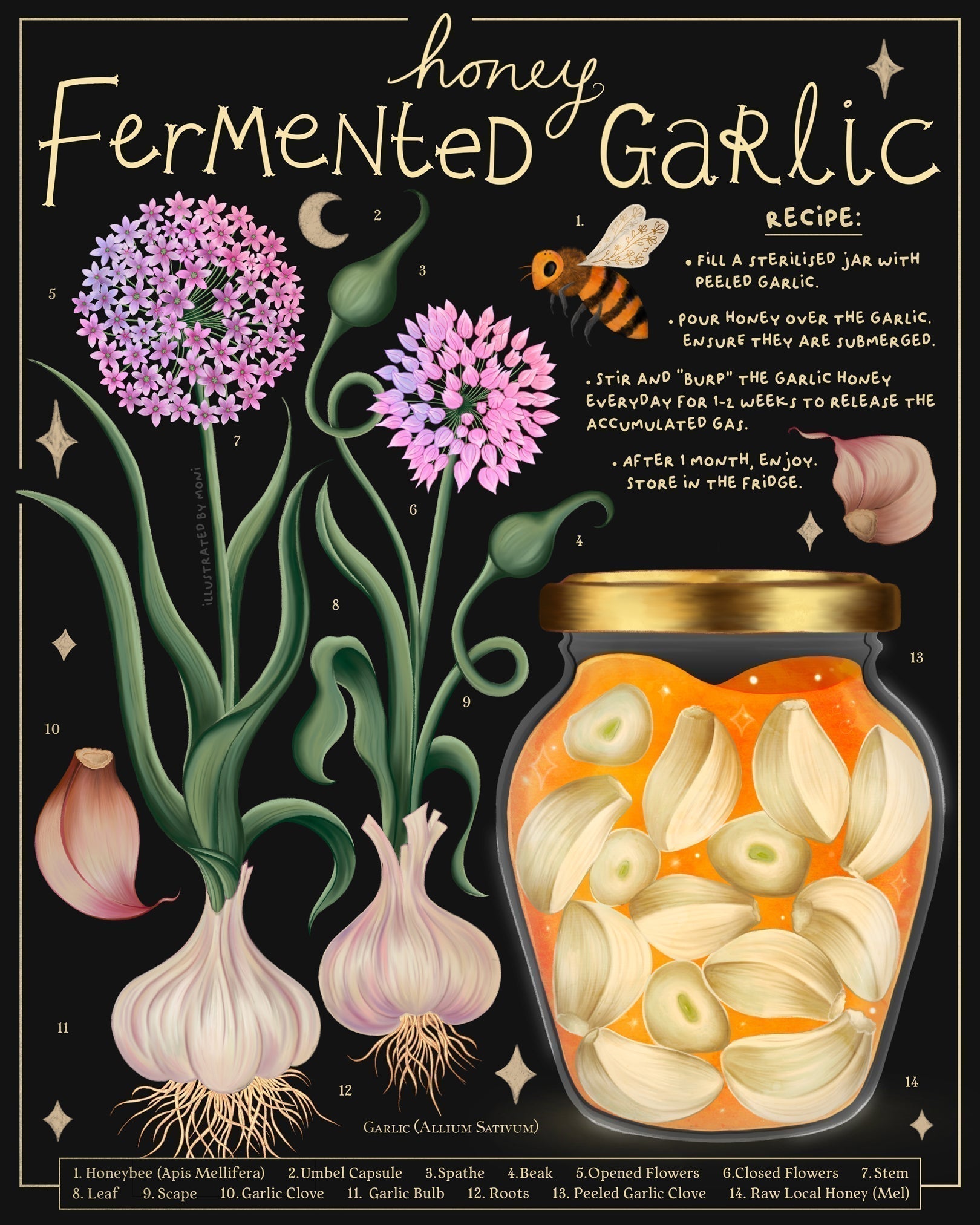
HONEY FERMENTED GARLIC
Fermented garlic honey is a simple yet powerful remedy that combines the ancient art of fermentation to boost the medicinal powers of each ingredient. The origins of fermented honey spans through centuries and various healing practices found within multiple cultures.
-
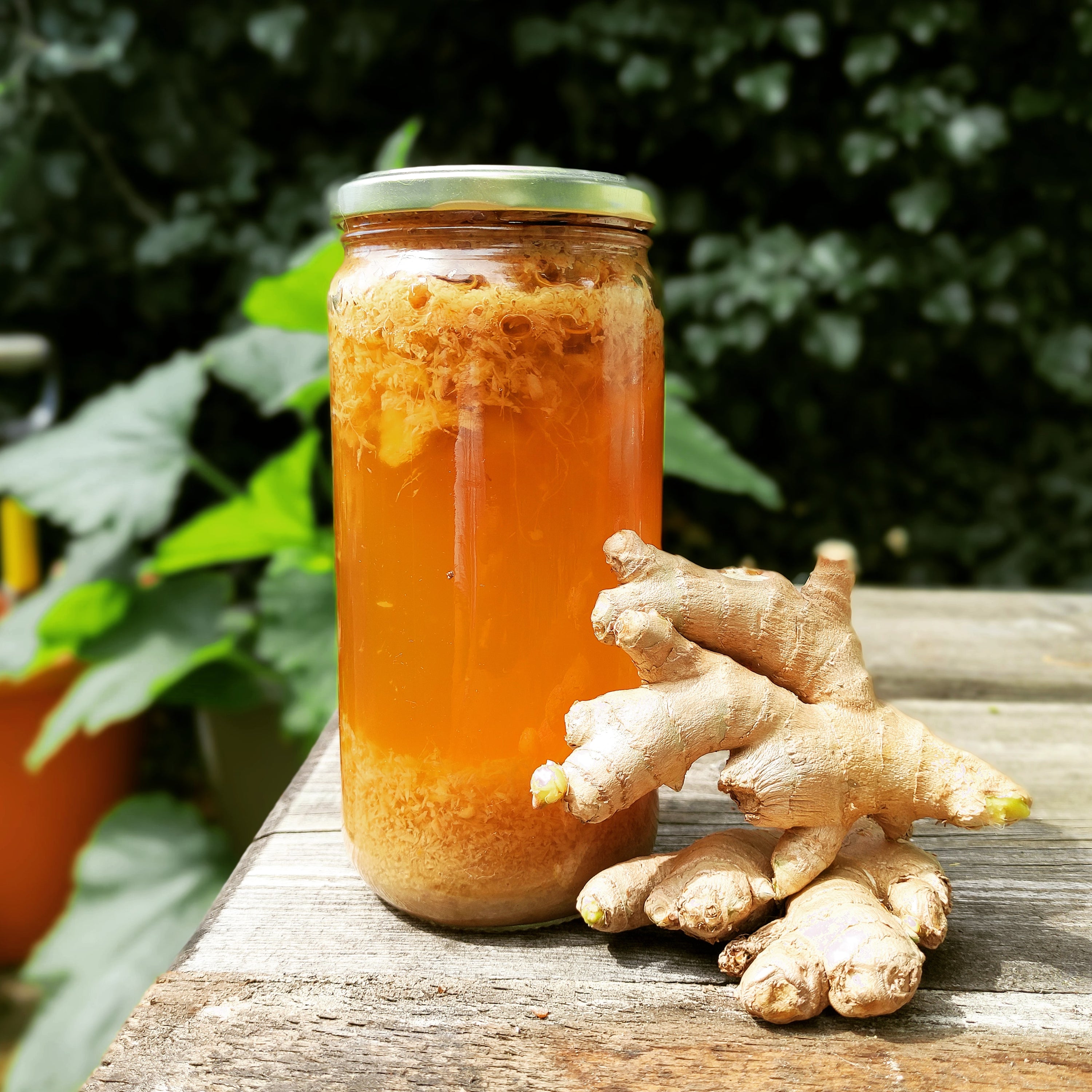
GINGER BUG
Our 5 year old ginger bug is still thriving. 🧡 This week we are preparing to make another batch of homemade, fermented ginger beer, perfect for those sweltering summer days ahead.•If you want to make a ginger beer the traditional...
-
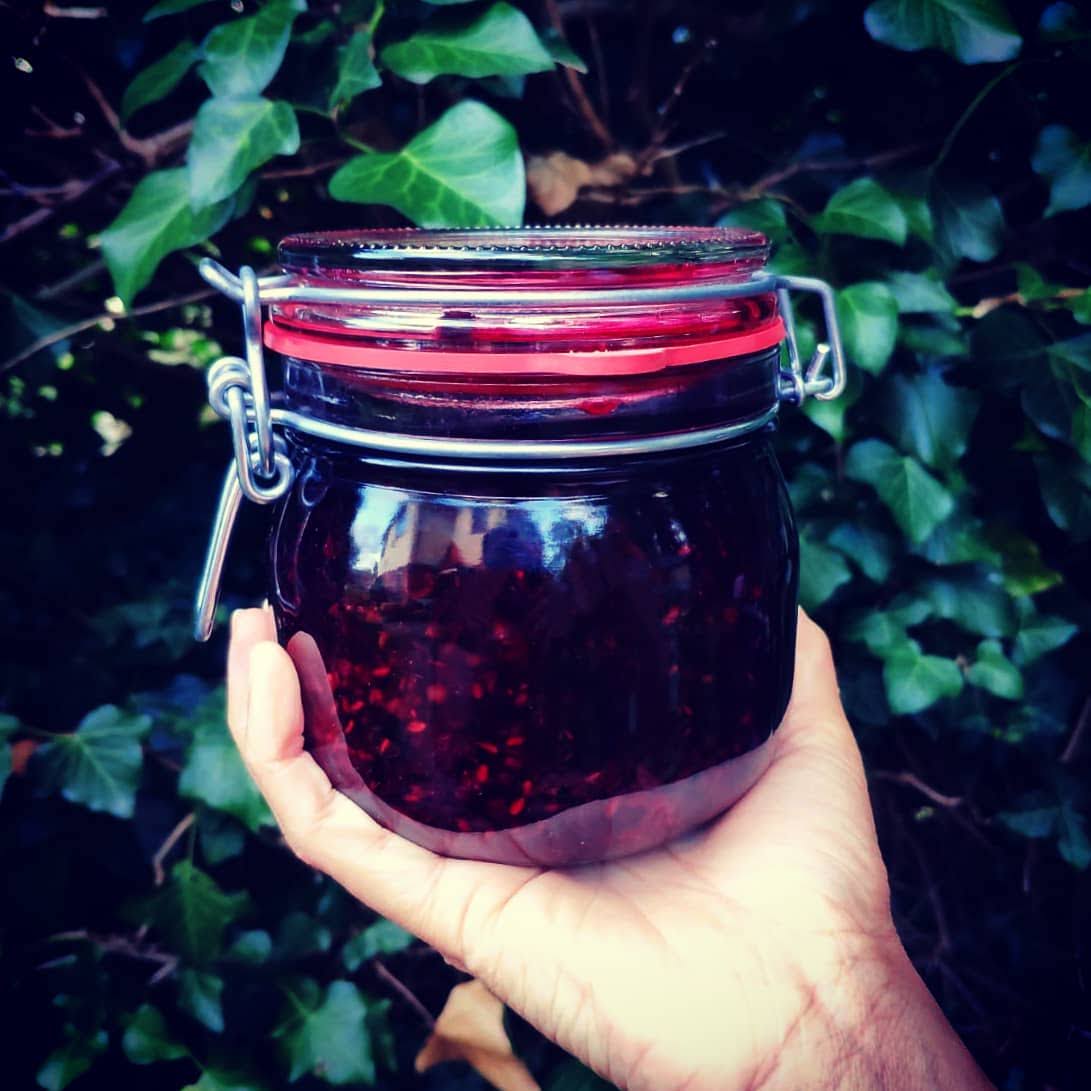
ENCHANTING ELDERBERRY ELIXIR
Her rich clusters of dark, purple berries, are ideal for tinctures and syrups to warn off those colds attempting to creep in this winter. She is truly a generous, magical plant with a plethora of medicinal uses.




